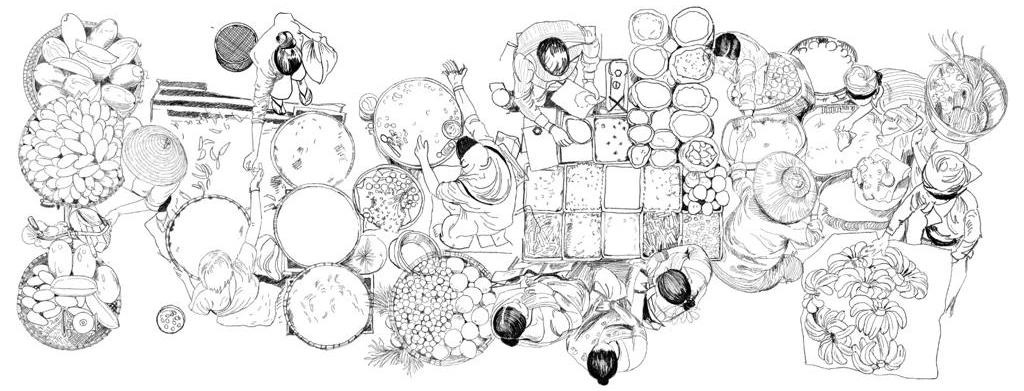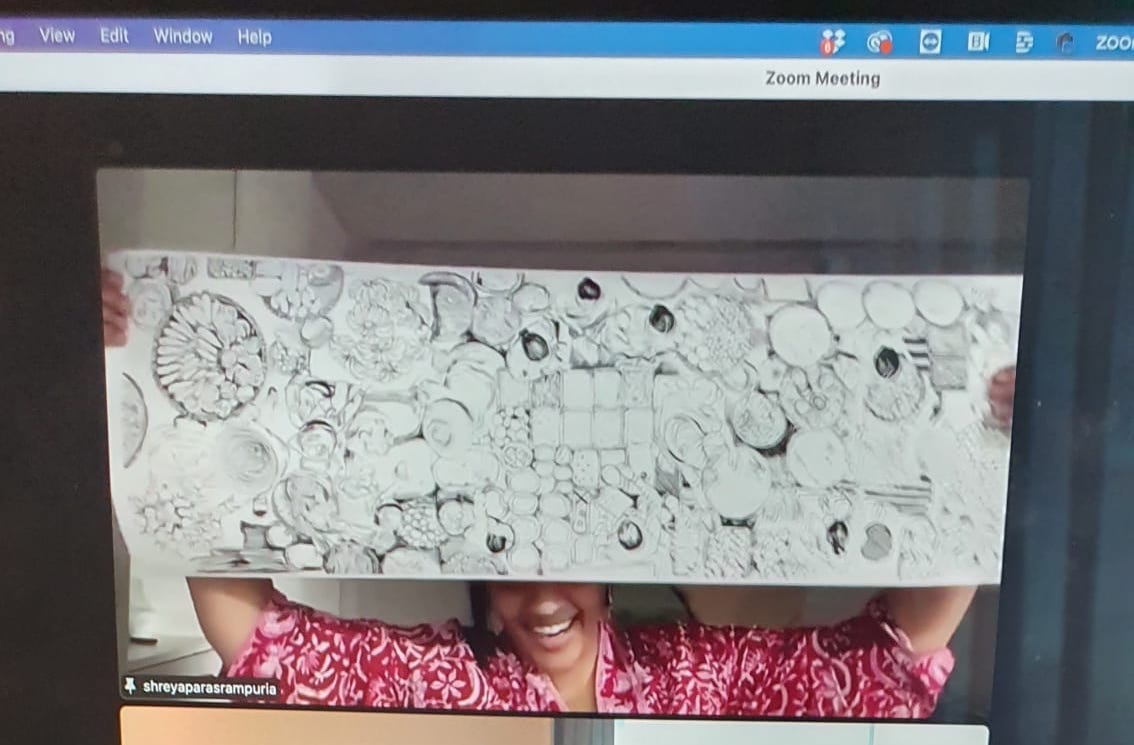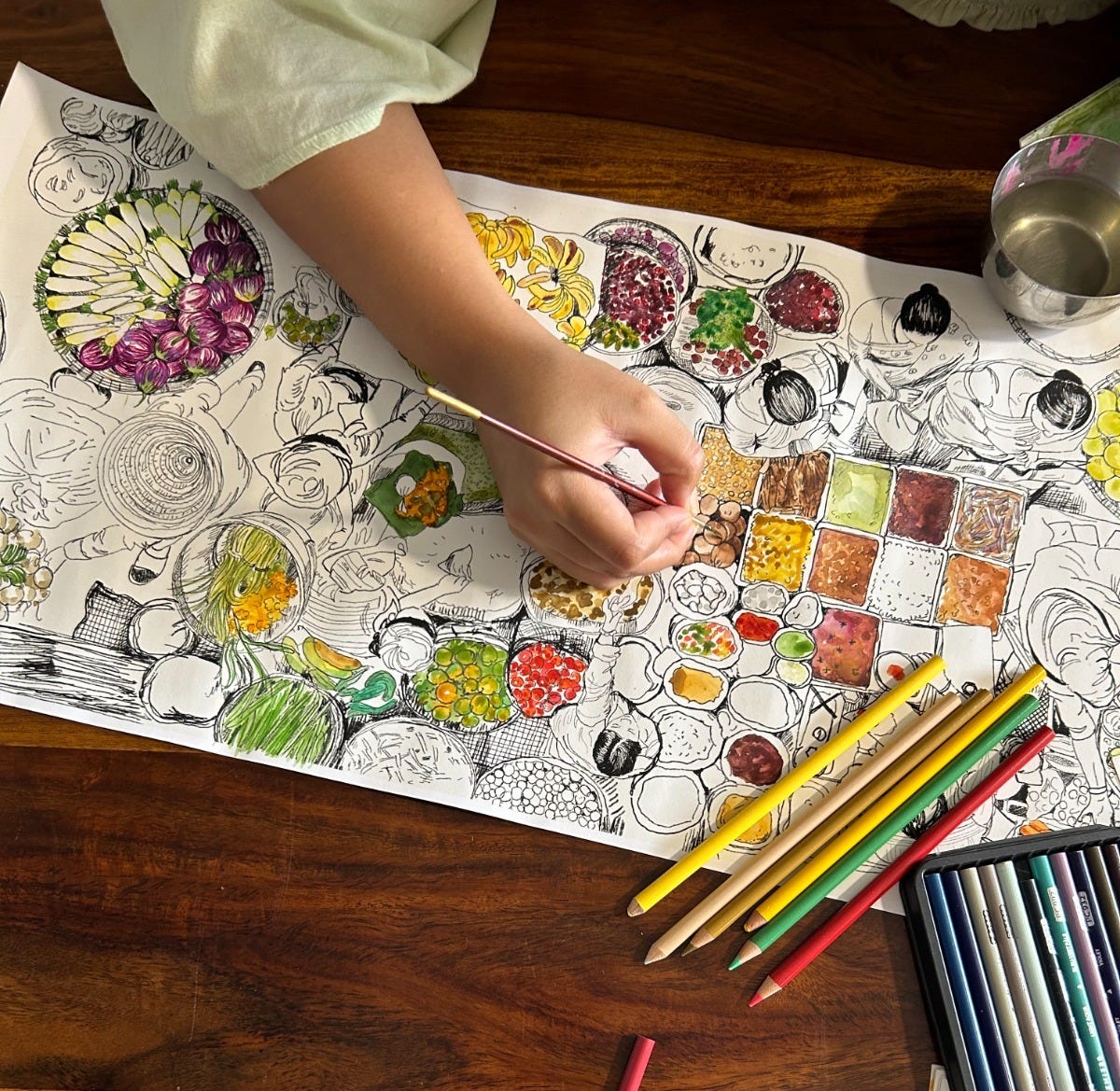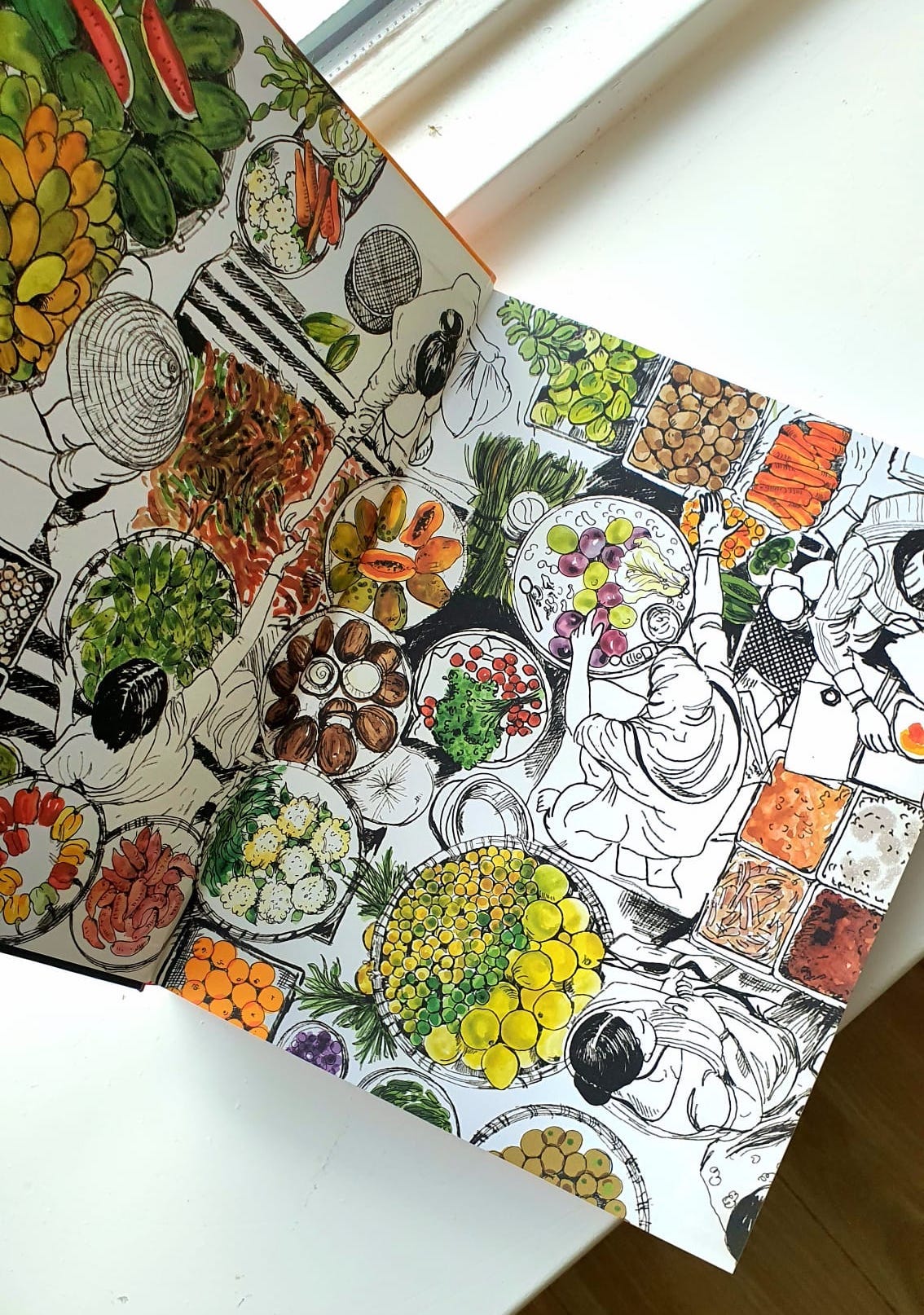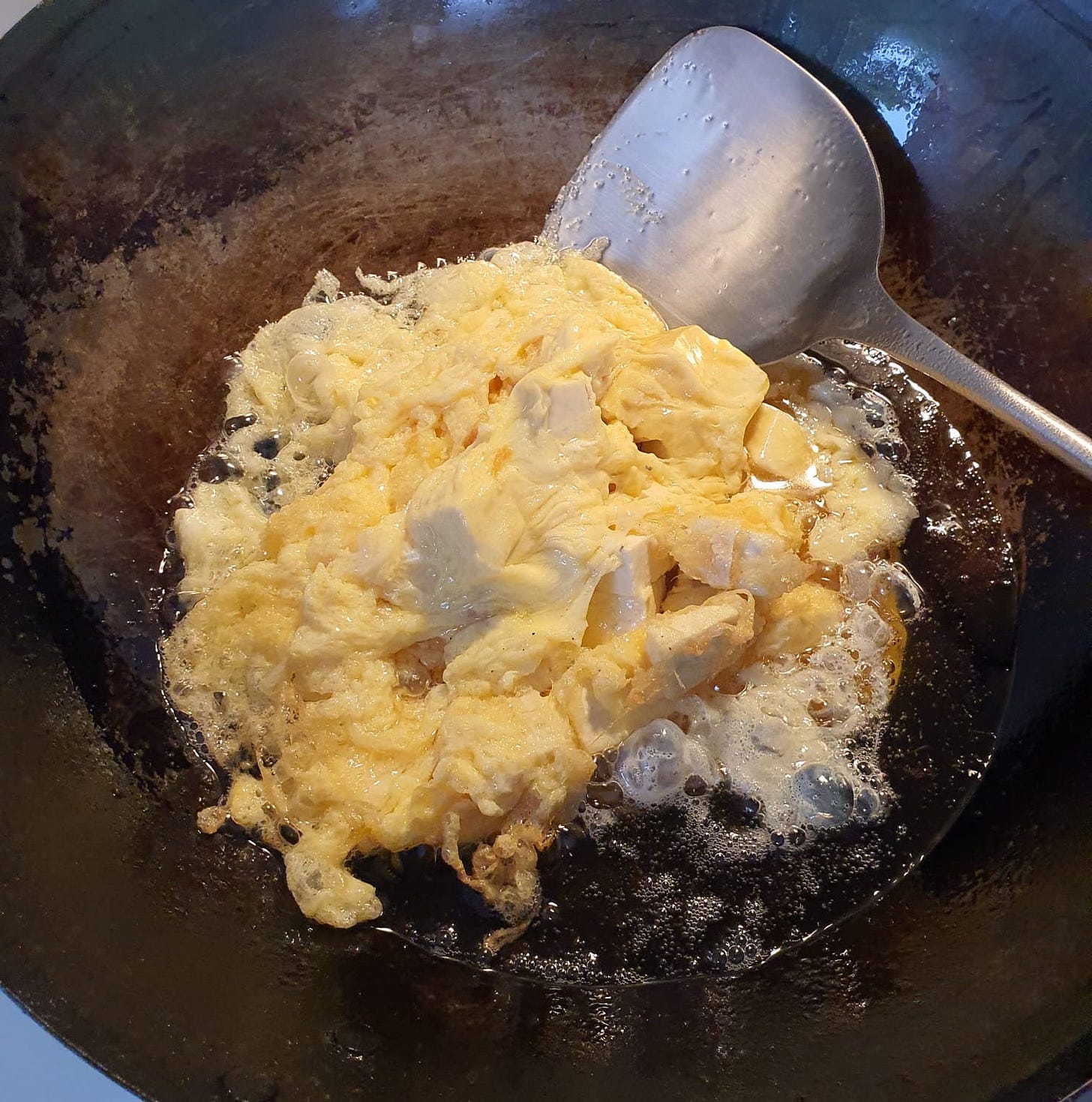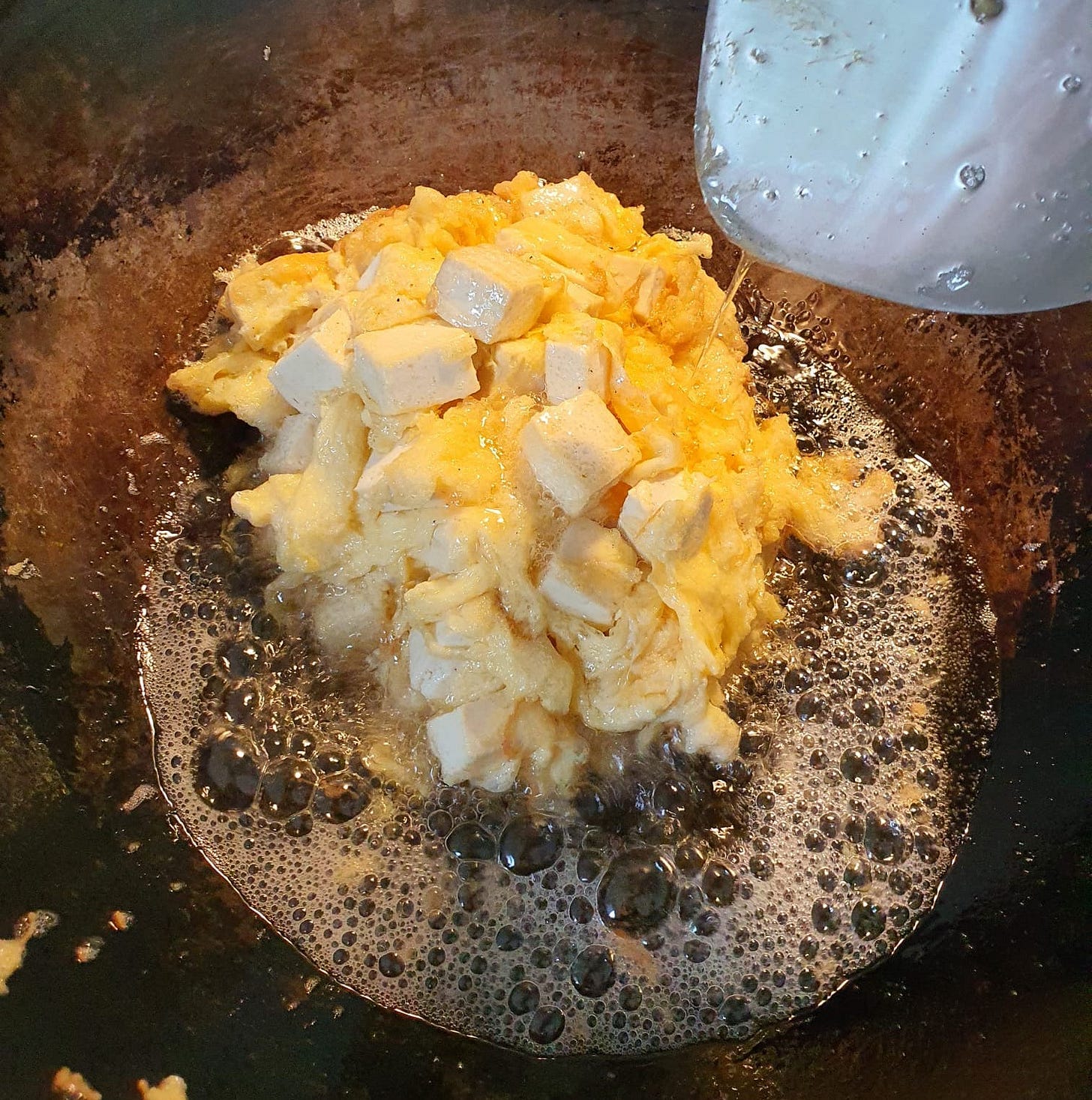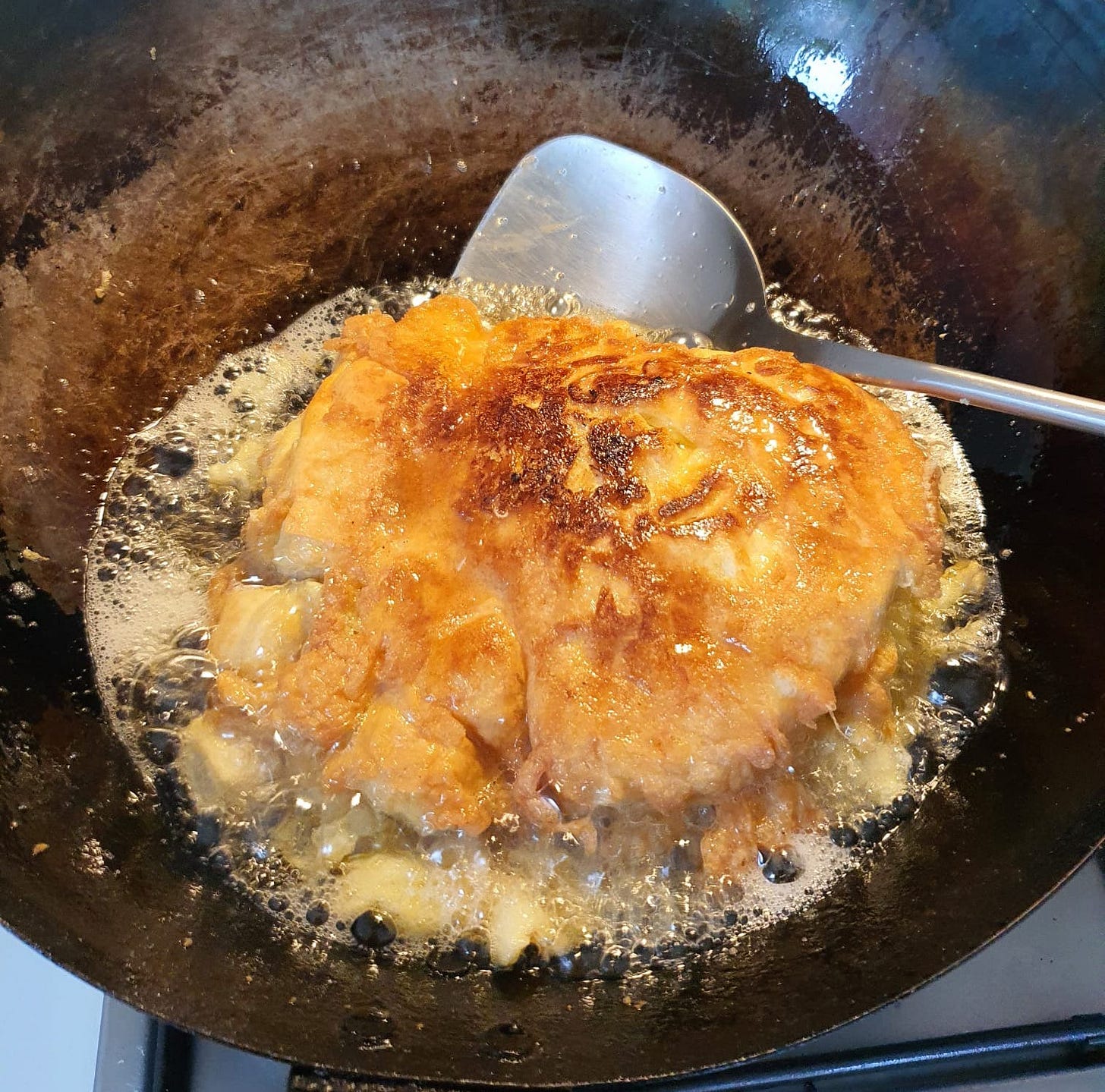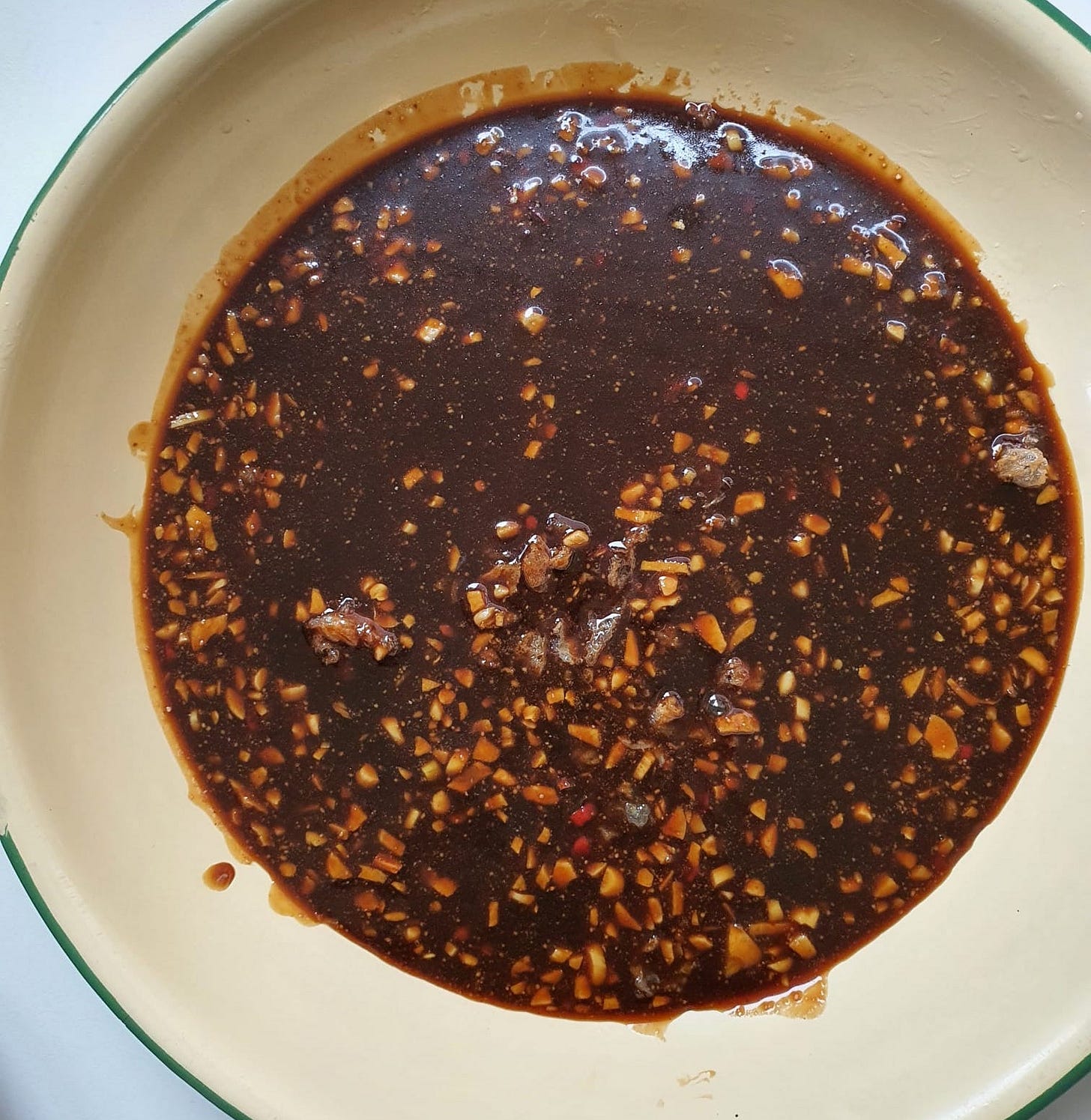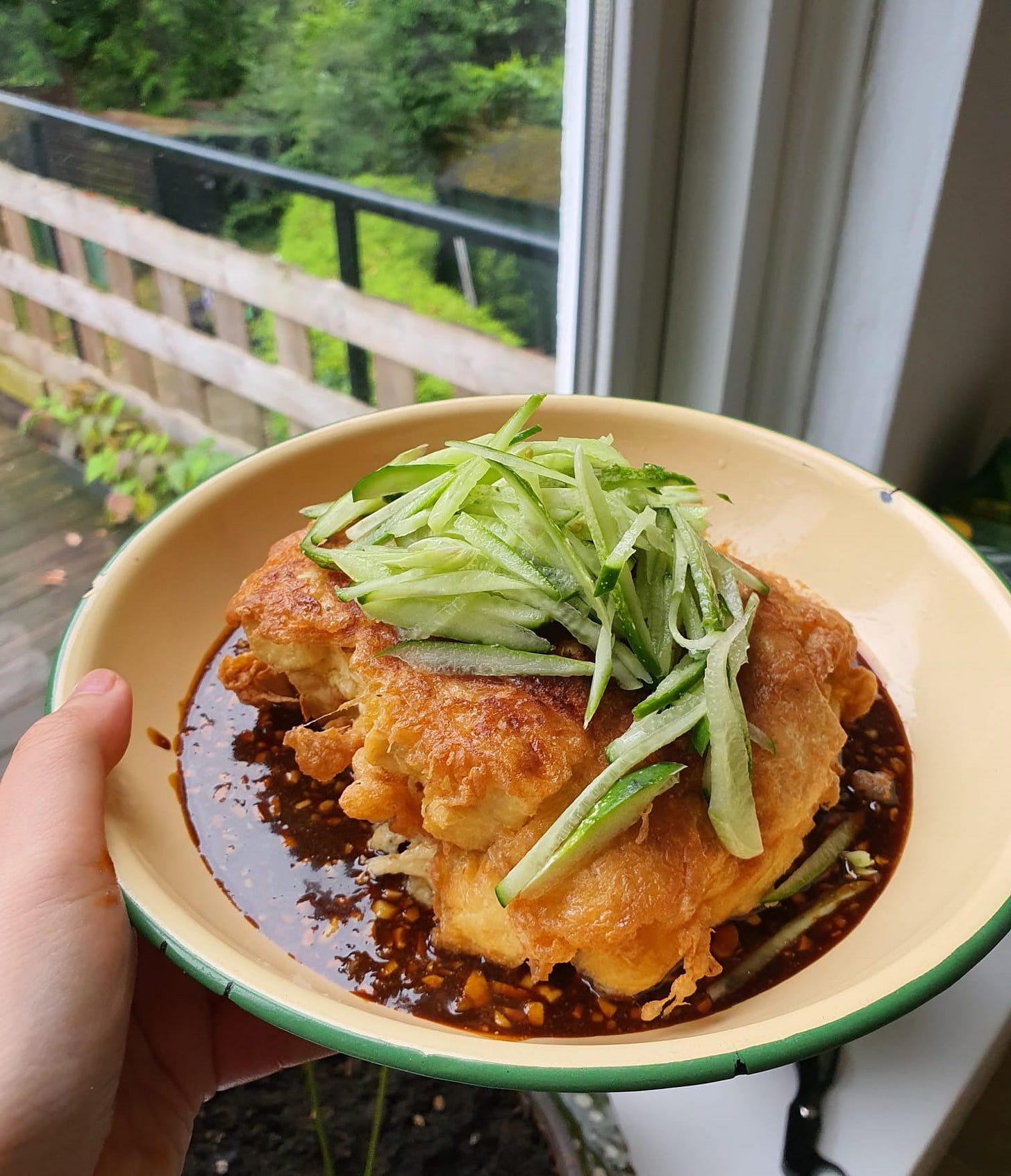We’re less than 3 months away from the publication of Plantasia! I know it seems like a long time, but it feels so close especially when there’s so much happening. Slightly over a week ago, I shared an unboxing video of a sample of Plantasia and received so many lovely messages about the endpapers. So I thought I’d show you a behind-the-scenes of how it came together.
Coming up with the look of Plantasia was very collaborative. For about 5 months, Plantasia’s designer Wen Yeu, illustrator Shreya, and I did frequent Zoom calls across three different timezones. This allowed us to bounce ideas off one another and show our work at various stages of the process. One of the things that we collaborated on was the endpapers. These are the double sheets of paper that are semi-glued onto the cover. Being the first and last thing that people see when they read the book, we wanted them to have a huge impact.
As Plantasia is a book that celebrates vegetables through an Asian lens, we thought: what better way to set the tone than a depiction of a market, where vegetables are present in abundance? This was an image that we referenced:
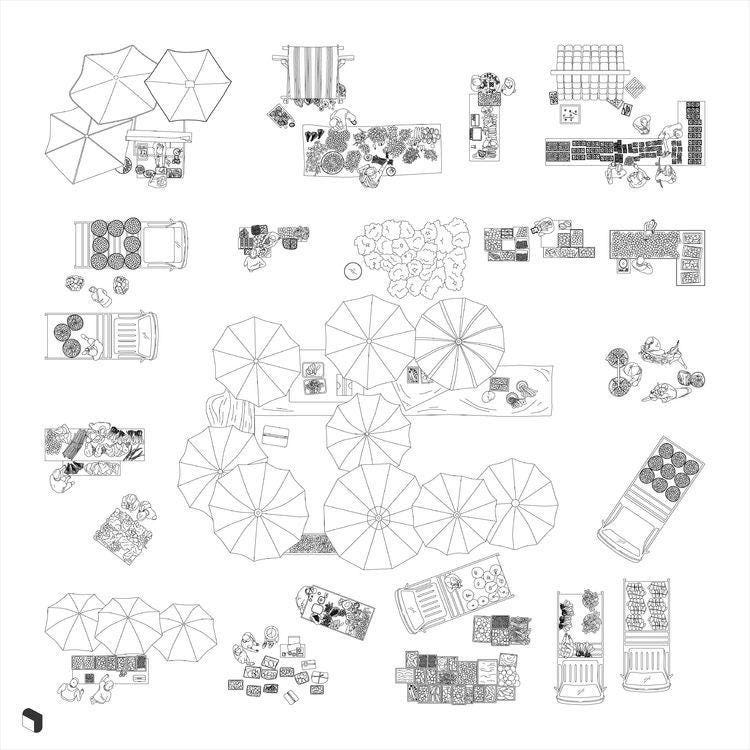
We decided that zooming into a specific market scene would have more impact. The idea was to have it be an amalgamation of different markets across Asia, but in the same space - a situation that is improbable in real life, almost a fantasy. From a bird’s eye view, you should be able to discern the cultural backgrounds of the people solely by the clothes and hats that they wear.
This was what Shreya came up with, with photo references below:
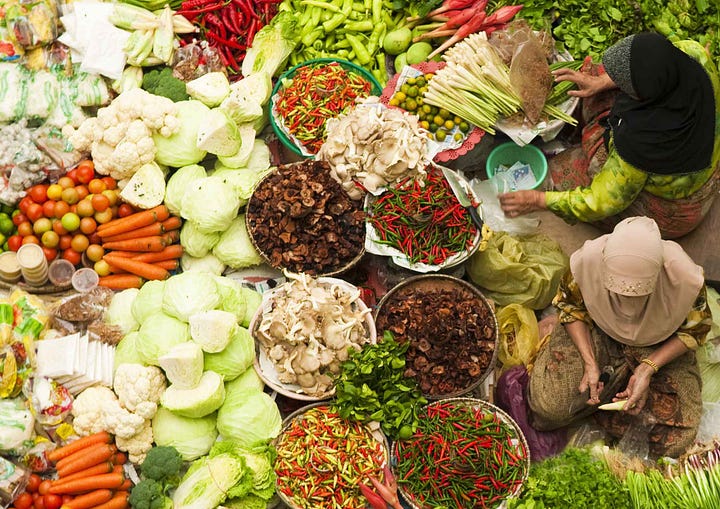
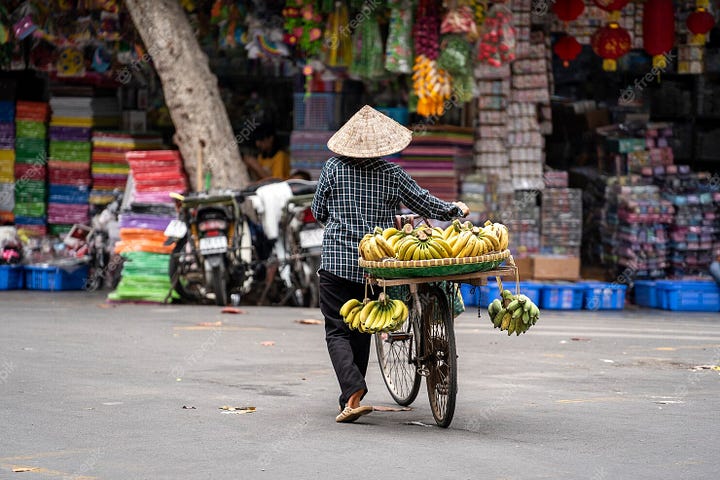
Because the whole sketch spans two endpapers (the front and back of book), the result was a very long piece of work, just under a meter long:
It looked really good in black & white, but we decided to add watercolour. We did so only for the vegetables, so that it clues readers into the focus of the book. Here’s Shreya hand-painting the endpapers in her studio in Jaipur:
And here are the finished endpapers of the printed book in my home in Breda:
It’s such an incredible feeling to see it in person.
To pre-order the book:
For US residents, you can preorder the book via Bold Fork Books (limited copies are available so if you want to get your hands on Plantasia, please order early)
Hong Kong & Australian preorder links to be announced later this week or next week.
For everywhere else, you can preorder the book via my website.
A quick tahu telor tutorial
In other news, I can’t believe it but I managed to make tahu telor yesterday! Tahu telor translates to ‘tofu eggs’ and it is a essentially puffy fried eggs that are studded with soft tofu and served with a sweet sauce and shredded veggies. Completely vegetarian but when something is so delicious, these labels mean nothing.
From what I know, the Indonesian version is somewhat flat like an omelette, while the Singaporean version of the dish is tall like a soufflé of sorts. I order it every time I visit Hjh Maimunah in Singapore and always imagined it to be a hassle to make. But I discovered yesterday that that is not quite the case.
You start by combining some beaten eggs and cubed tofu (I use firm but something softer like a medium-firm/momen tofu would be even better):
Meanwhile, heat oil in a wok. To achieve a flat omelette, you can use a saucepan instead - fill it with enough oil to generously cover the base. But if you want something more like what you’d get in Singapore, go for a wok and add enough oil for deep-frying.
When the oil begins to shimmer, add the egg and tofu mixture. The eggs will puff dramatically upon contact with the hot oil (it is important to not overfill your saucepan or wok with oil for this reason). Immediately, start folding the eggs from all sides towards the centre with your spatula.
You want to do so quickly while the eggs are still malleable, before they brown and crisp. The goal is to get as much height as possible, so keep folding the eggs and tofu onto themselves and push everything into a tall heap in the centre.
Check the underside of the omelette by slipping a spatula under it. When it is nicely browned, flip the tower gently and allow it to brown on the other side:
Once browned on both sides, remove the omelette from the pan and allow it to drain on paper towels to remove excess oil. Meanwhile, prepare the sauce. I’ve seen so many recipes online that call for blending or reducing the sauce etc, and frankly I think you can make a very good Hjh Maimunah sauce dupe without all of that. I simply mix together kecap manis, chopped garlic, chopped bird’s eye chilli, chunky peanut butter, and water to thin it all out. Pour it onto a serving dish:
Top with the omelette and shredded cucumber. If you have shredded carrot and blanched beansprouts, they would be lovely here as well but I didn’t have any on hand. Some Indonesian versions even add boiled potatoes and crispy shallots on top for a complete meal on its own.
I go absolutely crazy for this dish - puffy and crunchy on the outside, soft and fluffy on the inside. One tip: use the freshest tofu you can find because the quality really makes a difference. This soothes any tahu telor cravings, and it is so good to know that it *is* possible to make this at home with very little equipment, time, and effort.
Tahu telor
Serves 2-4




